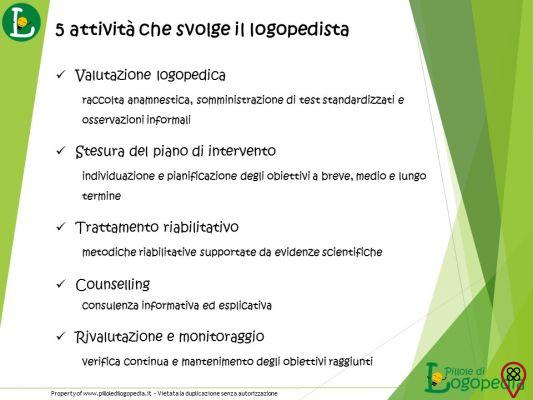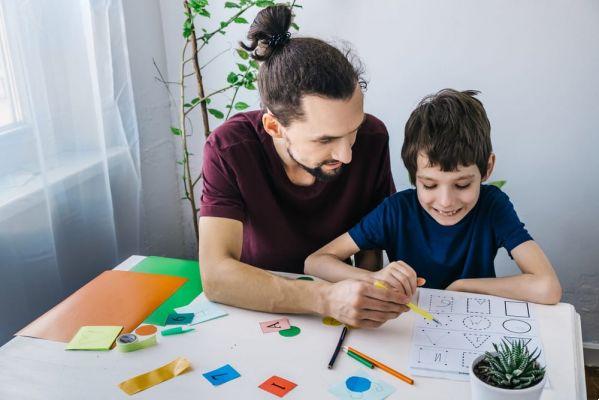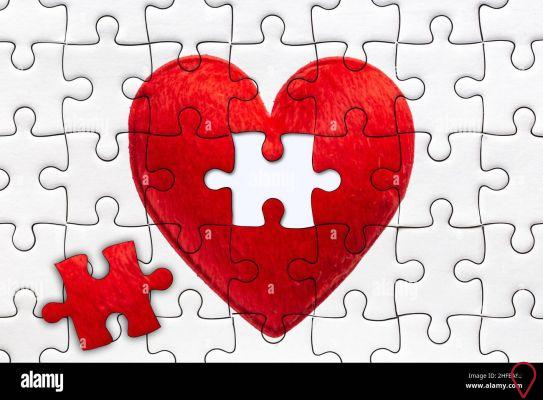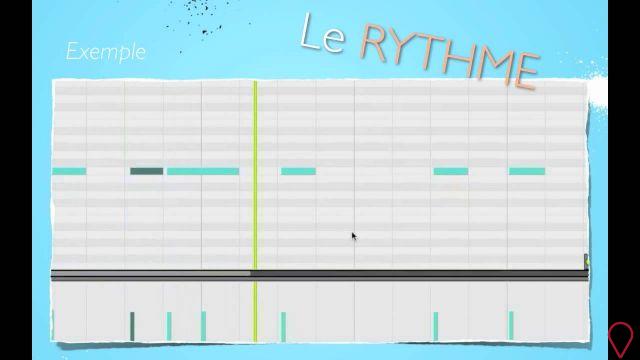Imagine that you could talk openly with some person who had a relevant role in some problem and trauma in your life… without strings attached, without interruptions and without the fear of eye to eye, which could divert your attention from everything you want to say.
Or, even, imagine if it were possible to talk to someone who is no longer here, to vent about everything that was kept, that was not said due to fear or lack of time! That's what the empty chair technique proposes, one of the best-known tools of Gestalt-therapy, being used in cognitive-behavioral therapy (CBT).
But then you must be wondering: what is Gestalt therapy?
Well Gestalt-therapy ou Gestalt Approach It is a psychotherapeutic approach that aims to help the individual through their current feelings and perceptions, that is, it is a therapy centered on the individual and his present moment.
We should not confuse Gestalt therapy with Gestalt Psychology (or Psychology of Form). This is a set of studies on the way we perceive things, which focuses on the idea that the whole is more than the mere sum of its parts. It is a resource widely used in design, for example.
Both theories emerged in Germany. The word “Gestalt” does not have a correspondent in other languages, having an approximate translation, in our language, for “form” or “figure”, being associated with the process of emergence of figure-ground. Gestalt Psychology was one of the theories that influenced Gestalt-therapy, precisely in relation to this figure-background association, which, in the therapeutic approach, gained an expansion of meaning.
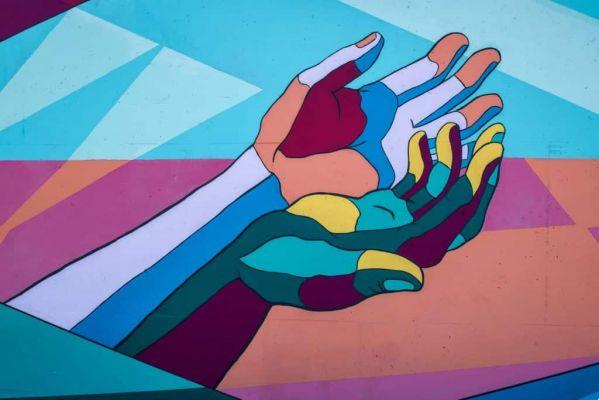
Gestalt therapy was developed by the Germans Fritz Perls and Laura Perls and by the North American Paul Goodman, theorists and psychotherapists of the XNUMXth century.
For Gestalt therapy, disorders are considered a part of us that needs to be developed. According to this practice, through the association of cognitive practices and our emotions, we become able to see new ways of dealing with life's adversities.
The Gestalt Approach can be used with children, adolescents, families, individuals, couples. Group or individual practice can occur and is a great adjuvant for problems with self-esteem, sexuality, grief, self-confidence. It also has a relevant role in issues related to depression, stress, anxiety, child psychopathologies, among others. Among the techniques performed, the main ones are: dramatization, discussion of dreams, dialogues, non-verbal expressions and the empty chair, with which we started this article.
What is the empty chair technique?
The empty chair technique is an attempt to reproduce an encounter with a situation, a person, so that one can dialogue with one of them, establishing emotional contact with the event that caused all the conflicts and disorders.
It consists of a psychodramatic technique called role playing, in which the individual sits in front of an empty chair and imagines in it the target person who has played a relevant role in this event with which he is trying to cope. to connect.
The objective of this exercise is to put all the dots in the i's about the situations that led to trauma, impasse or resentment, bringing a resolution and a conclusion to the fact. It is a very useful technique in the treatment of post-traumatic stress.
The technique, step by step
Therapy with the empty chair normally involves three chairs: the patient's, the therapist's and a third, empty, which represents the person, fact, feeling or even a part of himself, with which he will solve a certain situation.
Several steps are followed:
- Preparatory phase: the empty chair is positioned facing the patient. It can also be placed diagonally to avoid oppositions.
- Second level: the patient informs what or who he is projecting, the projection with which he will dialogue.
- Third phase: the patient makes a description of the projection of this imaginary interlocutor, with the aim of strengthening his figure. Positive and negative aspects should be highlighted.
- Verbal expression phase: it is here that the patient starts the dialogue, addressing the projection that he has detailed in the previous phases. At this point in therapy, he needs to let go of everything he didn't get at the moment it happened. Here, the therapist's mediation is essential so that the process does not bring a result that is contrary to the desired one, such as a worsening of the trauma, but without interfering with the patient's flow of thoughts. The therapist also leads the patient to reflect on everything he felt and expressed, so that he can identify his emotions and reactions, to get a sense of how the events that occurred interfere in his life.
- Conclusion: this phase ends the technique. Here, the patient is instructed to close his eyes and imagine the presence of his imaginary interlocutor again, in order to extinguish all the images he created and give shape to a new functional schema.
But it takes commitment
As Gestalt therapy focuses on the present moment, the here and now, the empty chair does not intend to bring a reflection on the past itself. Because what happened cannot be changed. But the main focus is the possibility for the patient to express everything he could not at the time of the event. In this way, he can resignify the fact, so he can move on, with the feeling of a closed cycle.
And also, as this technique does not bring the original interlocutor of this fact, it is quite certain that the outcome is very far from what it would be if it were a real conversation, since another person implies another personality and, consequently, probably very different reactions. . But as we said, the focus of the Gestalt Approach is the person who is feeling. So, just the opportunity to vent, to get everything out, is already a great help to that person's emotional state.
You may also like
- See what are the differences between psychoanalysis, psychiatry and psychology
- Why should we do therapy? Find it out!
- Uncover 15 Things Therapists Want You To Know!
And, since the patient is the real focus of this approach, it requires a great commitment on his part, as well as an ability to imagine and shape his projection, so that the “interaction” is efficient, to the point of being able to extract all the emotions that were suppressed at the time the event took place.
It is also necessary to have a lot of resilience and dedication, both from the patient and the therapist, so that the treatment - which demands time and effort - leads to success and really brings a good perspective on how to deal with feelings and emotions, in addition to providing a real resignification of the events that affect your emotions until the present moment.
From the moment you manage to release all the emotions that were eating you up until then, you will see that there is a very different perspective on life. And, doing this exercise with a past situation, you will realize that, from now on, speaking what you feel can be liberating.



